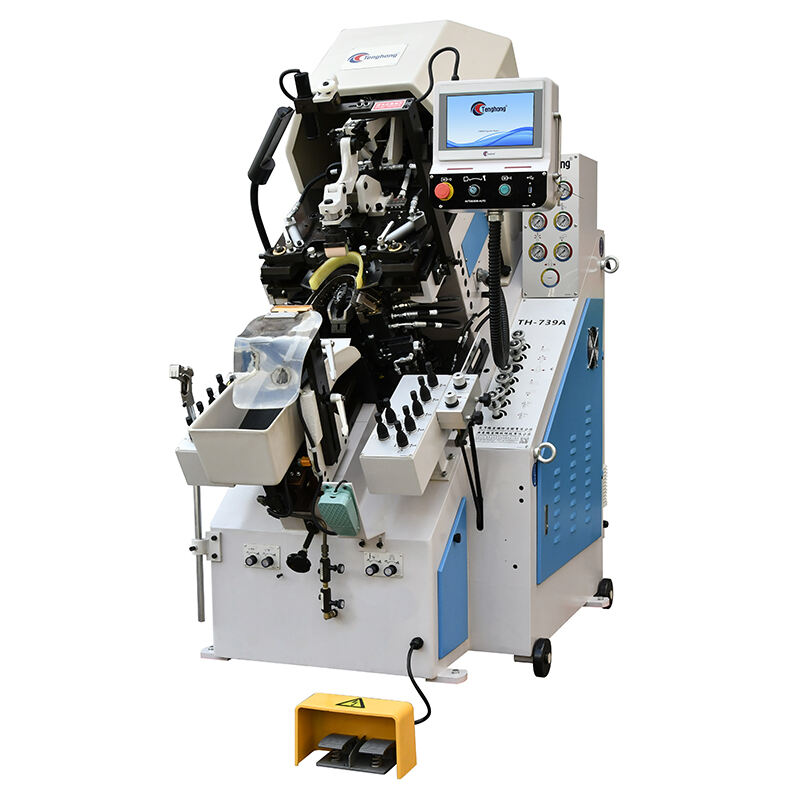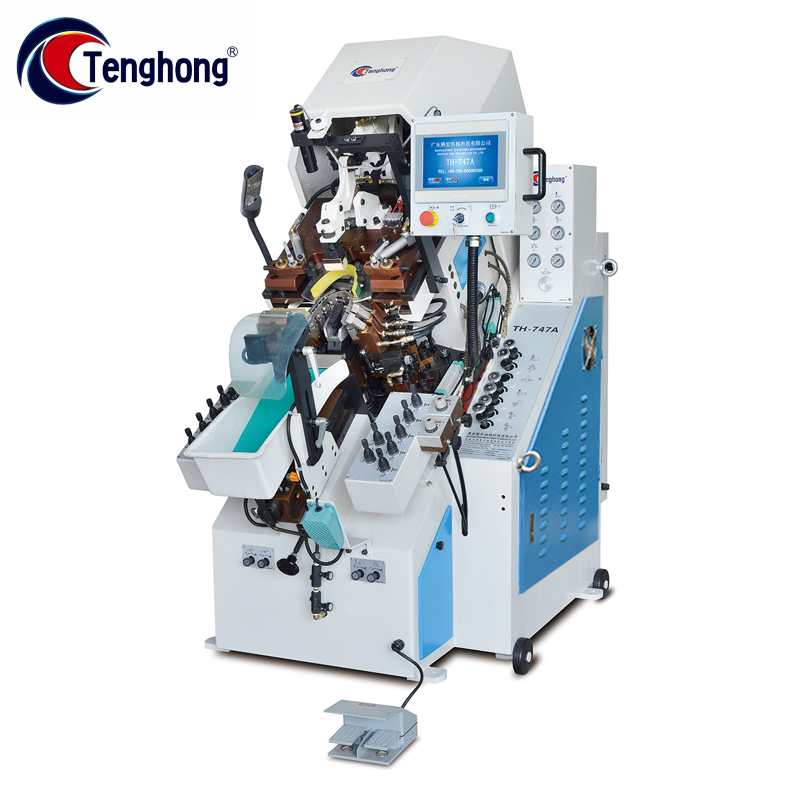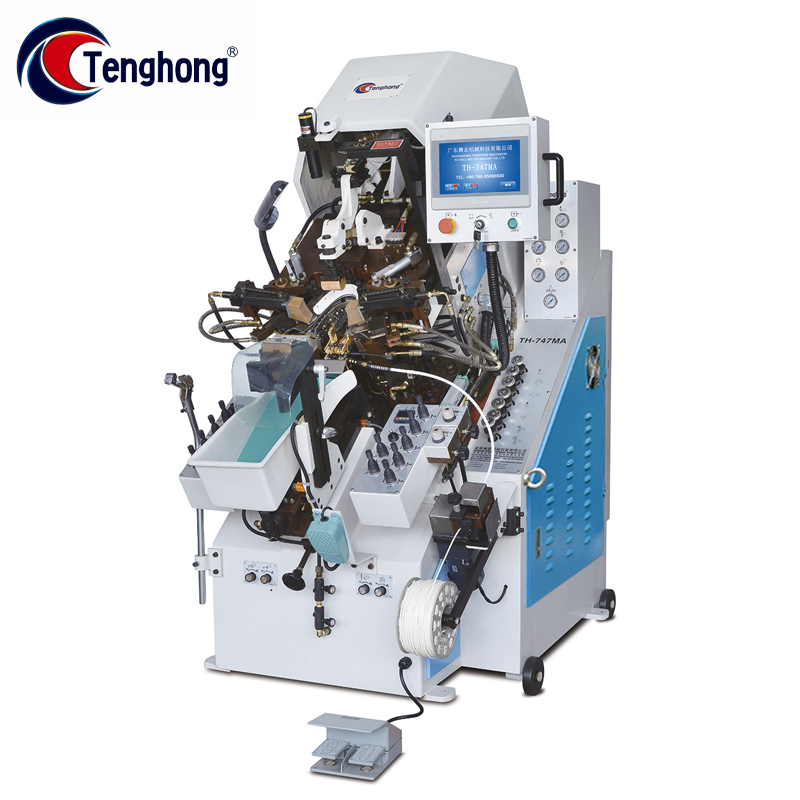Predictive Maintenance Protocols for Continuous Production Line Efficiency
Predictive Maintenance Fundamentals for Continuous Production
Core Components of Effective Protocols
To build a good foundation for predictive maintenance, it's important to know what parts are needed to make this work properly. The main elements usually involve keeping track of how equipment is doing, analyzing all the collected data, and creating a maintenance plan that actually fits with what the factory needs to produce. When we talk about condition monitoring, it basically means watching things like vibrations, temperatures changes, and sometimes even humidity levels so we understand how machines are performing day to day. Factories that implement these condition based maintenance techniques see real improvements in their Overall Equipment Effectiveness (OEE) because they avoid those sudden breakdowns that stop production completely. Unlike old school approaches where people just fixed stuff when it broke down, this new method takes all that past data and turns it into actual plans for better machine performance across the board.
IoT Integration for Real-Time Equipment Monitoring
IoT tech plays a big role in making real time equipment monitoring possible while giving important information about how machines are performing and their overall health. When sensors get built into machinery, they keep gathering data all the time. This helps companies make smarter choices when planning maintenance work. Industry reports back this up showing that companies who install IoT systems might cut down unexpected downtime by around 30%. Getting data as it happens lets businesses take action before problems happen, so production lines don't stop unexpectedly and operations run smoother day after day. For manufacturers dealing with tight schedules and budgets, these kinds of improvements really matter in keeping things running without constant interruptions.
Machine Learning in Failure Prediction Systems
When machine learning algorithms dig through historical data, they spot patterns that point toward possible equipment breakdowns long before anyone notices anything wrong. This changes how companies approach maintenance completely, moving them away from fixing things after they break down to actually predicting problems ahead of time. Some recent studies show that factories using these smart systems cut their maintenance bills around 25%, which adds up to real savings over time. The ability to catch small issues early means fewer unexpected shutdowns and smoother operations across the board. What's really interesting is that when implemented properly, machine learning doesn't just save money on repairs. It actually makes machines last longer while keeping workers safer at the same time.
Optimizing Footwear Manufacturing Efficiency
Reducing Unplanned Downtime in Leather Processing
Getting to the bottom of why unplanned downtime happens during leather processing makes a big difference for production efficiency. Looking at records from previous shutdowns gives manufacturers clues about where problems tend to crop up most often. When companies combine regular equipment checks with smart data analysis tools, they actually cut down on those surprise stoppages quite a bit. Keeping machines running smoothly means fewer production halts overall. The numbers back this up too many factories report around 15 percent better output after implementing proper maintenance routines. For leather goods makers especially, building a solid maintenance habit isn't just good practice it's becoming essential as competition grows tougher in the market.
LSI Technologies: Precision in Shoe Stitching Workflows
Adding LSI tech to shoe stitching really boosts how accurate and fast the whole process becomes, which means better quality shoes overall. These days many factories use sewing machines that have automatic controls for stitching. They help get things right first time around, cut down on mistakes people make manually, and speed things up quite a bit. Some real world tests showed that when companies invest in these precision tools, they end up wasting about 20% less material. That kind of saving hits the bottom line directly while also helping manufacturers be greener. So it's no surprise that footware makers see precision as something worth investing in for both money reasons and looking after the planet.
Case Study: Automotive Industry OEE Improvements
The automotive industry has made big strides in improving Overall Equipment Effectiveness (OEE), and these lessons could really help out the footwear manufacturing world too. When car makers started applying lean manufacturing techniques along with better data analysis tools, they saw dramatic changes in how efficiently their factories ran. Some studies show that companies implementing solid OEE programs actually increased their production volumes by around 30 percent or so. What this shows is that combining good old fashioned process optimization with smart data usage works wonders. For shoe companies trying to get ahead, looking at what auto manufacturers did makes sense. After all, nobody wants to waste time or materials when competition is fierce and margins are tight.
TengHong Machineryâs Predictive Maintenance-Ready Solutions
TH-739B: 7-Pincer Computer Memory Control Toe Lasting Machine
The TH-739B model brings improved accuracy to toe lasting operations thanks to its sophisticated computer memory system. What sets it apart is how consistently it delivers the same results every time, something manufacturers need when making shoes that must meet strict quality standards. With automation built into its design, this machine cuts down on cycle times substantially, which means factories can produce more units without sacrificing quality. Real world numbers back this up too sales show customers are saving around 15 percent on their production expenses after switching to the TH-739B. These savings come from faster workflows and fewer mistakes, proving why so many shops across the industry are making the switch to this reliable workhorse.

TH-747A: 9-Pincer Automated System with Error Diagnostics
The TH-747A comes with built in error detection features that make fixing problems on the factory floor much easier during actual production runs. Operators can find and fix issues pretty fast, which helps keep product quality at those levels needed to stay ahead in today's manufacturing world. People who have used this system report that it really boosts how efficient their production lines are running. They manage to maintain top notch quality while still keeping up with production schedules, something that was tough to balance before getting the TH-747A installed.

TH-747MA: Cementing Machine with Smart Process Controls
The TH-747MA comes equipped with smart process controls that really make a difference when it comes to keeping adhesive consistency stable something absolutely essential for making sure shoes hold together properly. These control systems cut down on wasted materials while still keeping product quality at acceptable levels throughout production runs. According to industry data, factories using machines like the TH-747MA often see around a 10% improvement in how strong the adhesive bonds become. That means better lasting products overall and smoother manufacturing processes too, which is why many manufacturers are switching over despite the initial investment costs.

Implementing Protocols for Leather Processing Lines
Customizing Predictive Strategies for Clicker Press Operations
Tailoring predictive maintenance approaches for clicker presses really boosts productivity across the leather manufacturing sector. When companies take time to spot those particular problems that come up during daily operations, they're able to fine tune their maintenance schedules to match what actually happens on the factory floor. Take leather cutting machines for example - tracking how often blades dull or parts start showing signs of stress allows technicians to plan repairs before breakdowns occur. Industry data shows factories using this approach have seen around 25 percent less downtime overall. That kind of improvement makes all the difference when trying to meet production targets while keeping equipment running smoothly through long shifts.
Data-Driven Continuous Improvement Cycles
When leather manufacturers start using data to guide their operations, they tend to develop better habits across the entire production line. Looking at regular performance numbers actually makes sense because it shows exactly where things need fixing, which keeps sustainability efforts moving forward. Some research has found that companies committed to ongoing improvements typically boost their efficiency by around 20%. For tanneries specifically, implementing these methods means smarter use of materials and energy without sacrificing quality output. Many plants have reported noticeable cost savings after just a few months of tracking key metrics daily.
Integrating Leather Strip Cutter Analytics
When we bring analytics into leather strip cutting operations, it really helps improve how accurately cuts are made and makes better use of materials. The system gathers information while the machine is actually cutting, so workers know exactly what adjustments need to be made on the fly. This leads to better quality products coming out of the line and much less wasted material. Some studies indicate that these improvements cut down on spoilage by around 15 percent give or take. For leather manufacturers looking to get their act together, these kinds of tech upgrades let them run smoother operations, save money over time, and keep producing goods that meet quality standards consistently across batches.
Overall, implementing these protocols across various stages of the leather processing line not only boosts efficiency but also promotes a sustainable and data-informed approach to manufacturing. By leveraging predictive strategies, data-driven improvements, and analytics, companies can ensure that their operations are both efficient and competitive.

